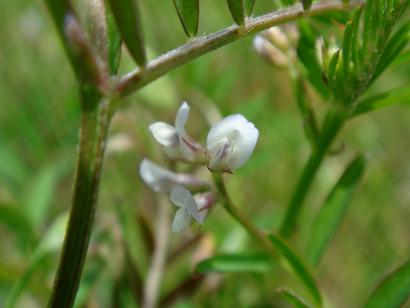 |
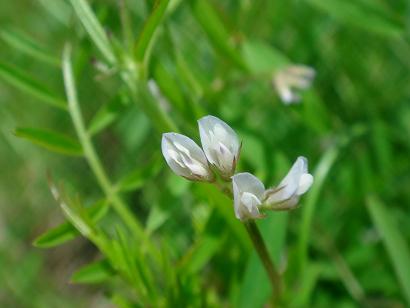 |
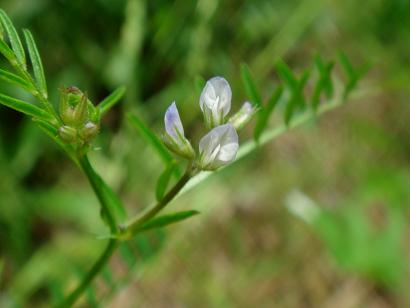 |
|---|---|---|
| April 2007 at open field |
April 2007 at open field |
May 2007 at open field |
| Scientific name | Vicia hirsuta (L.) S. F. Gray |
| Subfamily | Faboideae |
| Tribe | Fabeae |
| Synonyms | Cracca hirsuta (L.) Gennari; Endiusa hirsuta (L.) Alefeld; Ervilia hirsuta (L.) Opiz; Ervilia vulgaris Godron; Ervum hirsutum L.; Ervum sardoum Moris ex Sprengel; Ervum terronii Tenore; Vicia hirsuta (L.) S. F. Gray var. terronii (Tenore) Burnat; Vicia mitchellii Rafinesque; Vicia parviflora Lapeyrouse; Vicioides hirsuta Moench |
| Common name | (Japanese common name) suzume-no-endou (スズメノエンドウ, 雀野豌豆 [meaning: tiny wild vetch]) |
| (English common name) common hairy tare, tiny vetch, tare vetch, tyne grass | |
| Distribution | (Japan) Honshu, Shikoku, Kyushu, Okinawa |
| (Other nations) elsewhere in temperate regions | |
| Habitat | Field, roadside |
| Chromosomal number | 2n=14 |
| Description | Leaves 12-14 leaflets, each 6-13mm long, 1.5-2.5mm wide. Flowers white purple 3-4mm long, flowering in April to June. Fruits ca. 8mm long, hairy. Winter annual plants. |
| Reference | Vicia hirsuta (L.) Gray |
| Vicia hirsuta (L.) Gray | |
| Quaternary ammonioalkanecarboxylic acid anilides as plant growth influencing agents (US Patent 4233055/1980) | |
| Method of isolating soyasaponins (US Patent 4594412/1986) | |
| Process for the activation of promoters of bacteria (US Patent 5019501/1991) | |
| Method to control gene expression in bacteria, namely $i(Rhizobiaceae), to improve root nodule development, nitrogen fixation and plant biomass production (WIPO Patent WO/2000/028051) | |
| Procede permettant d'accroitre la survie de souches bacteriennes du gerne Rhizobium (WIPO Patent WO/2006/134623) |
 |
 |
 |
|---|---|---|
| April 2007 at open field |
April 2007 at open field |
May 2007 at open field |
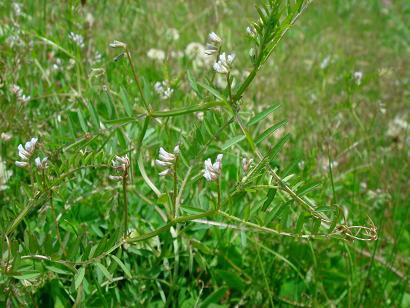 |
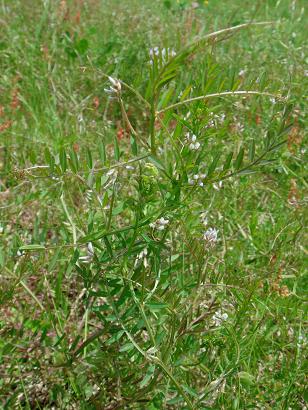 |
|---|---|
| April 2007 at open field |
April 2007 at open field |
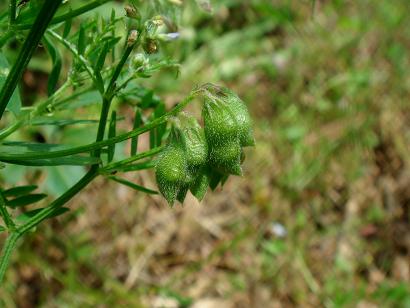 |
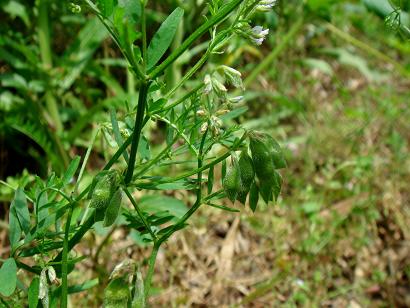 |
|---|---|
| May 2007 at open field |
May 2007 at open field |